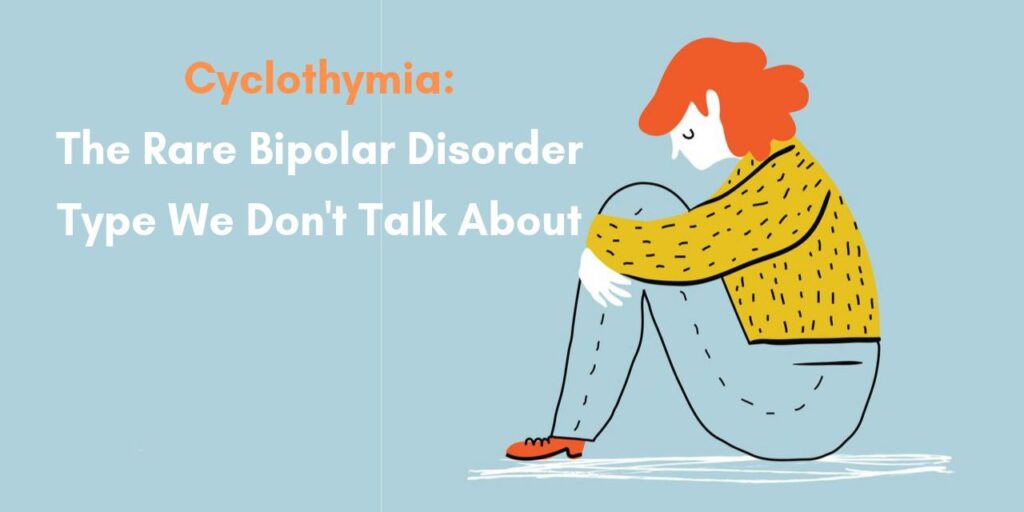Understanding Cyclothymic Disorder: A Guide to Managing Mood Swings
Cyclothymic disorder, also known as cyclothymia, is a type of mood disorder that affects an individual’s emotional state. It is characterized by recurring periods of mild depression, anxiety, and irritability, which are interspersed with periods of hypomania or mania. In this article, we will delve into the understanding of cyclothymic disorder, its symptoms, causes, and treatment options.
What is Cyclothymic Disorder?
Cyclothymic disorder is a mood disorder that is characterized by a pattern of mild mood swings. The symptoms can last for several years and can be unpredictable, making it difficult to manage daily life. People with cyclothymic disorder may experience periods of mild depression, anxiety, and irritability, which can be interspersed with periods of hypomania or mania.
Symptoms of Cyclothymic Disorder
The symptoms of cyclothymic disorder can vary from person to person, but they typically include:
– Recurring periods of mild depression or anxiety
– Irritability or mood swings
– Increased energy or activity levels
– Sleep disturbances
– Appetite changes
– Concentration difficulties
– Increased talkativeness or social activity
Causes of Cyclothymic Disorder
The exact causes of cyclothymic disorder are not fully understood, but it is believed to be related to a combination of genetic, environmental, and psychological factors. Some possible causes include:
– Genetics: Cyclothymic disorder can run in families, suggesting that there may be a genetic component.
– Brain chemistry: Imbalances in neurotransmitters such as serotonin and dopamine may contribute to the development of cyclothymic disorder.
– Environmental factors: Trauma, stress, and significant life changes can trigger the onset of cyclothymic disorder.
Treatment Options for Cyclothymic Disorder
There are several treatment options available for cyclothymic disorder, including:
– Medications: Antidepressants, mood stabilizers, and antipsychotics may be prescribed to help manage symptoms.
– Psychotherapy: Cognitive-behavioral therapy (CBT) and interpersonal therapy (IPT) may be effective in helping individuals manage their symptoms and develop coping strategies.
– Lifestyle changes: Maintaining a healthy diet, regular exercise routine, and getting enough sleep can help manage symptoms.
Living with Cyclothymic Disorder
Living with cyclothymic disorder can be challenging, but there are several ways to manage symptoms and improve overall well-being. Some strategies include:
– Keeping a mood journal: Tracking symptoms and moods can help individuals identify patterns and triggers.
– Developing coping strategies: Learning relaxation techniques, such as deep breathing and meditation, can help manage stress and anxiety.
– Building a support network: Surrounding oneself with supportive friends and family members can help reduce feelings of isolation and loneliness.
Conclusion
Cyclothymic disorder is a complex condition that requires a comprehensive understanding of its symptoms, causes, and treatment options. By recognizing the signs and symptoms of cyclothymic disorder and seeking professional help, individuals can learn to manage their symptoms and improve their overall well-being. With the right treatment and support, it is possible to live a fulfilling life despite the challenges posed by cyclothymic disorder.
References:
https://www.ncbi.nlm.nih.gov/books/NBK557877/
https://www.mayoclinic.org/diseases-conditions/cyclothymia/symptoms-causes/syc-20371275
https://my.clevelandclinic.org/health/diseases/17788-cyclothymia
Websites:
Britmed Healthcare: https://britmedhealthcare.co.uk/
Nightingale Hospital: https://www.nightingalehospital.co.uk/
Top Doctors: https://www.topdoctors.co.uk/doctor/ahmed-el-missiry
You can also book, Contact us on WhatsApp 08009708017




